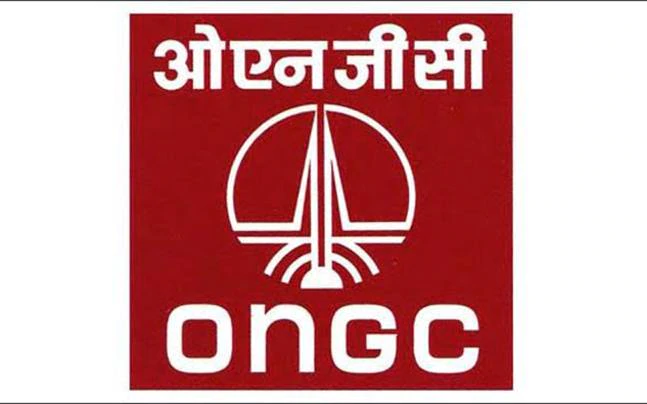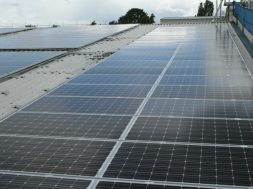
With the second largest population globally, India’s energy needs made up a paltry five percent of the global consumption, thus being far below the global average in 2012. For the average consumption to increase and to positively influence economic development, we will need 2017 to become the year of solar in India! This focus on solar and renewable energy can’t be more pronounced considering the reliance on rapidly depleting reserves of fossil fuels and ensuring energy security for the masses.
India has set an ambitious target of generating 175 GW of renewable energy, primarily solar and wind, by 2022. As of September 2016, we recorded an installed renewable energy capacity of 44.23 GW. Further, according to a November 2016 Bloomberg analysis, titled ‘Financing India’s Clean Energy Transition’, the current capacity installed in renewable energies across solar, wind, other renewables, and small & rooftop solar projects is placed at 6.8 GW, 26.7 GW, 9.2 GW, and 0.6 GW respectively. Now our 2022 targets for generating 100 GW of solar power, 60 GW from wind power, 10 GW from biomass power and 5 GW from small hydro power, places a tremendous responsibility of growing the renewables energy capacity by 31 percent CAGR over the next five years.
This target will also become crucial for India to achieve its goal of contributing to a reduction in global warming. According to the Intergovernmental panel on Climate Change, by the year 2100, the earth’s temperature could increase by an average of 1.8 degrees Celsius, in the best case scenario, and four degrees Celsius in the worst case scenario. Today power is consumed not only to ensure that equipment is running at all times but also to cool the business critical equipment. Take datacenters for instance – they are an important asset for businesses globally, but the amount of energy guzzled in maintaining them can be curbed using newer technologies available.
We will need a strong push from both government as well as private sector in helping reimagine the datacenters of 2017 with the use of solar photovoltaic cells to curb energy usage. The emphasis has to be towards leading and investing in a generation of green, solar-powered datacenters. Lithium ion batteries are yet another example of green technology solutions that are now viable to integrate in previously energy-gulping mechanical technologies. There is an imminent need to innovate such approaches that will limit energy usage in the present day, in order to counter disadvantages we may face in the future. Hope that there are more tax credits available for research and development of renewable or environment friendly products.
Our nation is blessed with abundant natural resources of sunlight, water, biomass and biofuels, and stakeholders have recognised this potential as well as the urgent need to bring alternative energy sources into the limelight. Renewable energy is also becoming increasingly cost-effective; for instance the prices of solar modules have declined by almost 80 percent since 2008. In fact, the Ministry of New and Renewable Energy, recognising these triggers, has launched a multi-faceted programme to exploit this advantage of ready resources.
The government of India has also increased the target of National Solar Mission to 100 GW from 20 GW of grid connected solar power by 2022, which creates a positive environment among investors keen to tap into India’s renewable energy potential. This has increased the focus and awareness on the issue of climate change. These targets, if realised, presents an investment opportunity of more than $ 150 billion in clean power generation.
Essentially in 2017, we will need a focused approach from both central and state governments in incentivising reliability as well as adoption of such infrastructure. The move towards digitisation and e-governance will also ease red tape bureaucracy and upcoming goods and services tax, will possibly be a measure that the government should consider applying to make taxation regimes simpler.
Unarguably, the country requires a large scale investment in the power and energy sector in order to meet the renewable energy targets set for 2022. While easing up of regulations will help boost sectoral growth, another important aspect to keep in mind is the timely roll-out of plans to meet the targets set.
The renewable energy sector will need huge, steady financing over the next six years. Interested investors, whose primary motive is to safeguard their investments and certify profitable returns, will additionally need the government to vouch for little or no delay in executing set plans. Focus on ensuring that the renewable energy plants installed are performing at anticipated levels combined with year on year growth of new installations is key to meeting the mammoth task ahead of us.
The renewable energy sector is a ‘sunrise’ sector gaining increasing importance with all governments and businesses globally. In order to realise this target, we will all need to work as a unified power battling climate change by adapting green energy solutions.













